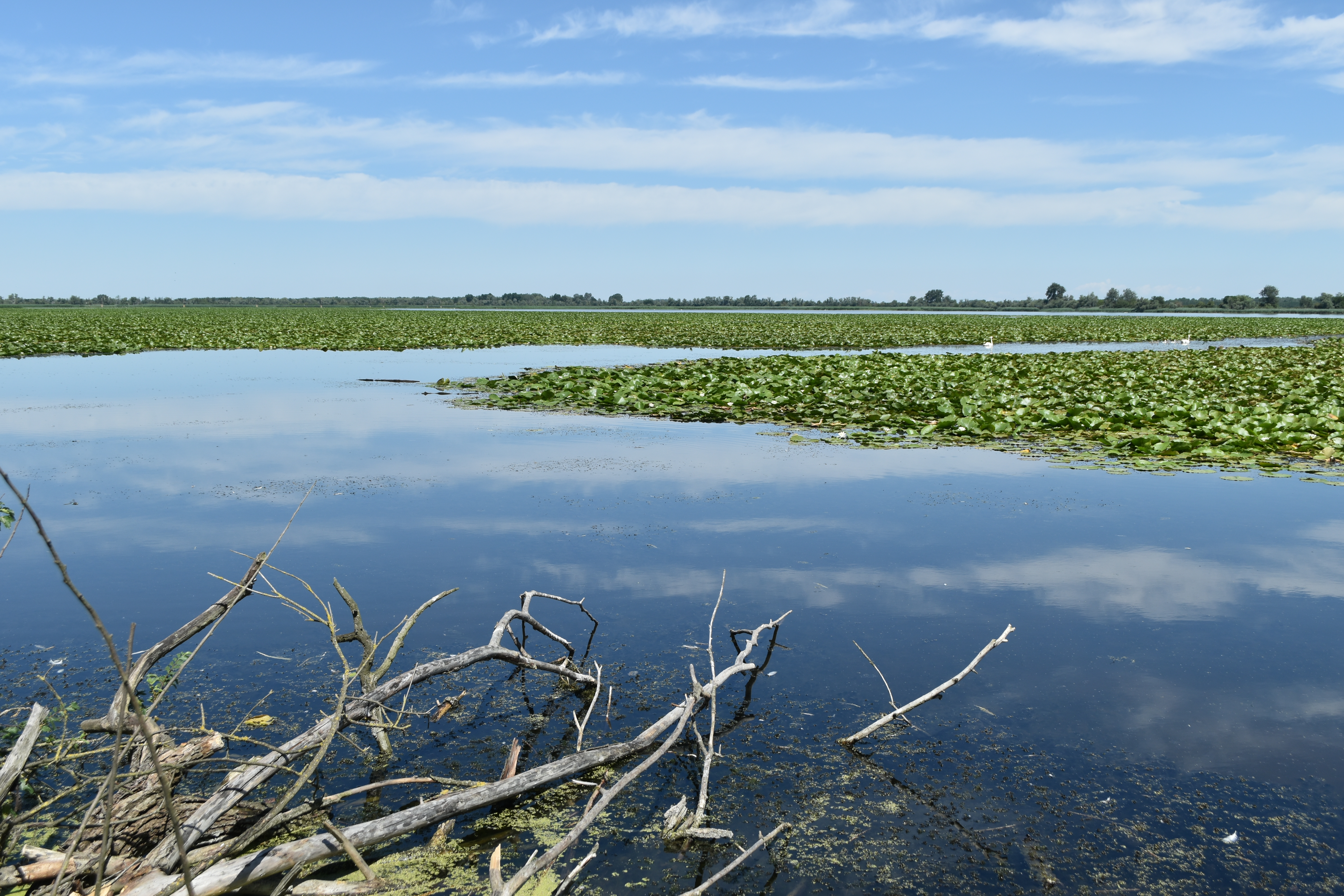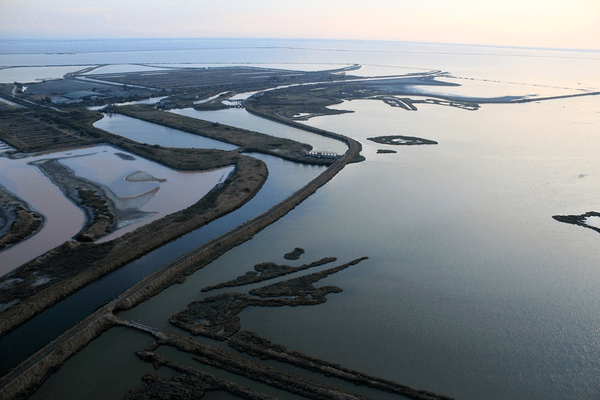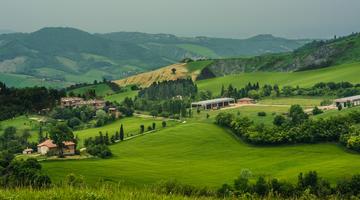Extreme Weather and Floods Impact Emilia-Romagna, Highlighting Need for Climate Adaptation
“More than 350 millimeters of rain fell. A maximum cumulative amount of water falling in the last 48 hours that has exceeded, in some cases, 350 millimeters, with maximum peaks, in Emilia-Romagna, in the area between Ravenna and Brisighella. Four basins were affected, in the territories between Bologna, Ravenna, Forlì-Cesena, with overflows. Over a thousand people evacuated, including 800 in the Ravenna area alone. These are the first effects of the heavy wave of bad weather caused by the effects of Cyclone Boris, which arrived in Italy and hit Romagna and the Bologna area with particular violence. One figure, out of all: in May 2023, 400-450 millimeters of water fell, but in two floods; now, in a single event, 350 millimeters have been exceeded in some areas” (Source: Agenzia Prevenzione Ambiente Energia Emilia Romagna).
So opens a note dated September 19, 2024 from the Agenzia Prevenzione Ambiente Energia Emilia Romagna (ARPAE) in the aftermath of the new wave of water that fell in the area south of the Po Delta Park, which with its more than 54 thousand hectares extends from the Po to Cervia (Source: Agenzia Prevenzione Ambiente Energia Emilia Romagna). The severe flood event of May 2023, on the other hand, involved 22 watercourses (over level) 3, 21 rivers flooded, landslides and mudslides, 48 municipalities involved of which 37 were flooded, and thousands of people displaced.
The freshwater valleys of Argenta and Marmorta, have escaped reclamation due to their fundamental hydraulic function as “expansion reservoirs.” This site, located in the western part of the Park has been strongly affected by the heavy rainfall, acquiring considerable amounts of water. The same situation is found in the large Comacchio Valleys: rainfall, from June to September 2024, released almost 500 mm of rain (300 mm more than the previous year). But not only that, other wetlands in the district from north to south were also affected, and not event forest areas were not excluded.
It is clear that these unpredictable and unexpected climatic events, with their repercussions on the territory, change the paradigm for dealing with their devastating effects, imposing management systems that restore the natural elements to an adequate condition such as to sustain these impacts.
The creation of a naturalized littoral dune, which the Po Delta Park and the University of Bologna intend to implement as part of the LAND4CLIMATE project, represents an element, a replicable model, that introduces a natural response to the climatic alterations affecting the marine area and its precipitous elements consisting of water and wind.
This article was written by LAND4CLIMATE consortium partner The Authority for the Management of Parks and Biodiversity - Delta del Po.
Publishing date:



